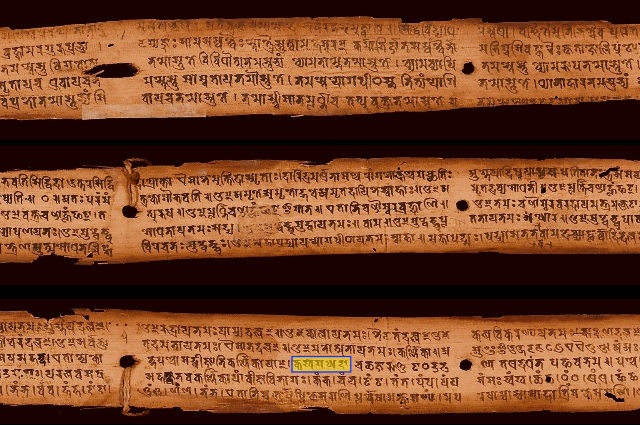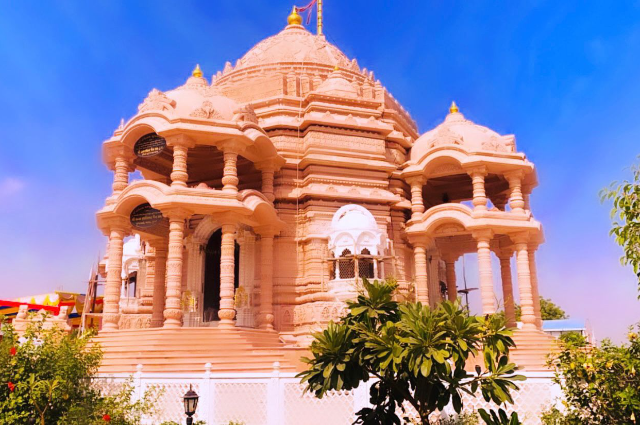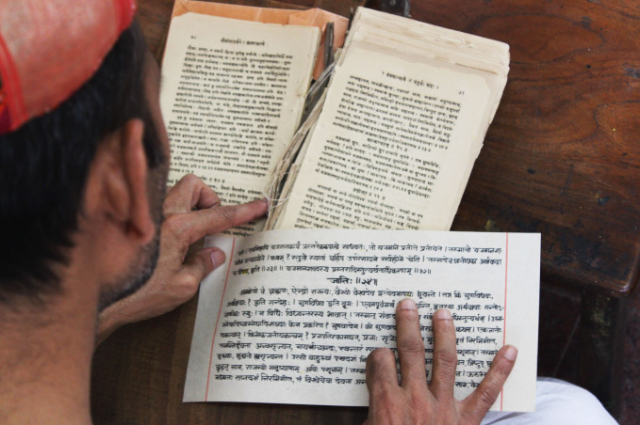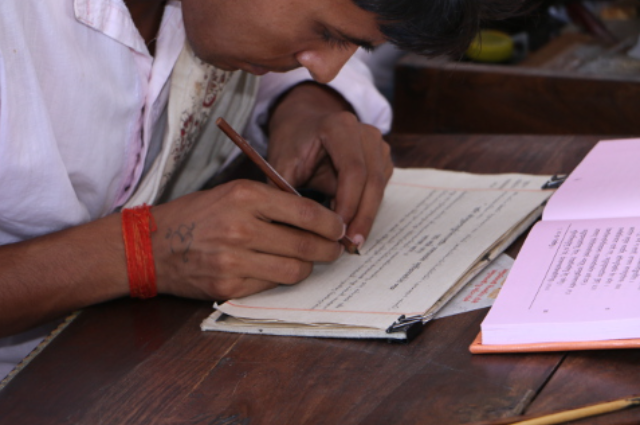
Source: By Ms Sarah Welch
"The gift of knowledge is the highest gift in the world".
- Swami Vivekananda
With the infinite power of knowledge, the inhabitants of the Indian subcontinent have always created literature that holds the power of saving the world with its wisdom. Today, numerous places uprightly work towards preserving all the knowledge that we have assembled over the years. One of such places which is now striving to protect and rewrite our historical texts is Shrut Mandir situated near Viramgam, Gujarat. This magnificent place has come up with the concept of conserving the heritage of our ancient texts. Not only that but the Mandir will similarly perverse the knowledge of Sanskrit grammar, poetry, yoga, and much other Indian literature work, that will be provided by the literary scholars.
Shrut Mandir is principally a place created by the Jain community for worship, meditations, and spiritual education. In the Sanskrit language, Shrut indicates to 'Hear the Knowledge', and the Shrut Mandir has always been a place where knowledge is preserved. This entire place has been an epitome of India’s cultural practices like Guru-Shishya Parampara, and Sadhanas.

The History Behind...
No religion in the world has described the principle of Ahimsa or non-violence so profoundly and orderly as is discussed in Jainism. However, Jainism has endured violent persecutions during and after the Mughal conquests on the Indian subcontinent. Many Mughal rulers suppressed the Jain community, and other religions like Hinduism and Buddhism, which emerged in India. This was the period where distinctive idols, temples, scriptures, and novels from the religions of the Indian subcontinent were massively destroyed.
Our ancestors confronted historical and religious persecution in the form of coerced conversions, massacres, demolition, and desecration of our ancient texts. However, today, we reside on our liberated land, and we have an astonishing opportunity to rewrite all the ancient texts which were harmed and wrecked at that time. And the Shrut Mandir in Gujarat is doing the exact same thing to protect the knowledge from our history.
The Actual Work:
The Mandir has begun to rewrite the ancient texts from the Jain religion, and eventually, it has intended to rewrite other religious texts as well. The work of writing these ancient texts is being done on hand-made long-lived Sanganeri Paper with non-chemical ink. The mandir administration is determined not to apply any modern aged chemical-filled devices to write these texts. The central intention behind such practices is to make them as pure as the original ones. Once these scriptures are concluded, they will be preserved delicately for future generations.

What the future holds?
In recent years, The Shrut Mandir has started the construction of a 15 thousand feet Bhavan or building, with two departments, and it will be exclusively dedicated to the writing purpose. This innovative construction has some interesting aspects!
- One writing area will be named after Maharaja Kumarpal who was an Indian King from the Chalukya dynasty, and the other building will be named after Mantrieshwar Vastupal who was a Prime Minister of the Vaghela King in India.
- There will also be a meeting arrangement of 54-54 hand writers in both the writing buildings.
- There will be a magnificent idol of Saraswati Mata, who is worshiped as the Goddess of knowledge in Jain and the Hindu religion.
- The future writing events will be performed along with 108 lehis or writers, wearing the proper attire of Arya tradition.
- A pleasant atmosphere will be created for the writers which will create great intellect to the seekers and writing energy to the writers.

In these modern times, when most of the young generation is turning their back towards the cultural, historic, and religious gems of our country, Shrut Mandir is emerging as a place to guide the new generation on the significance of these ancient texts. The Mandir has become one of the prime examples of how remarkable it is to preserve our ancient knowledge so we can remember, learn and honor our great ancestors and their valuable stories. And as we know, it's not just about preserving some historic pages, but about preserving the layers of astounding knowledge about our lives and those of our forefathers. And without that, we would erase the excellent tales of our history, as if the great souls who came before us never existed!
